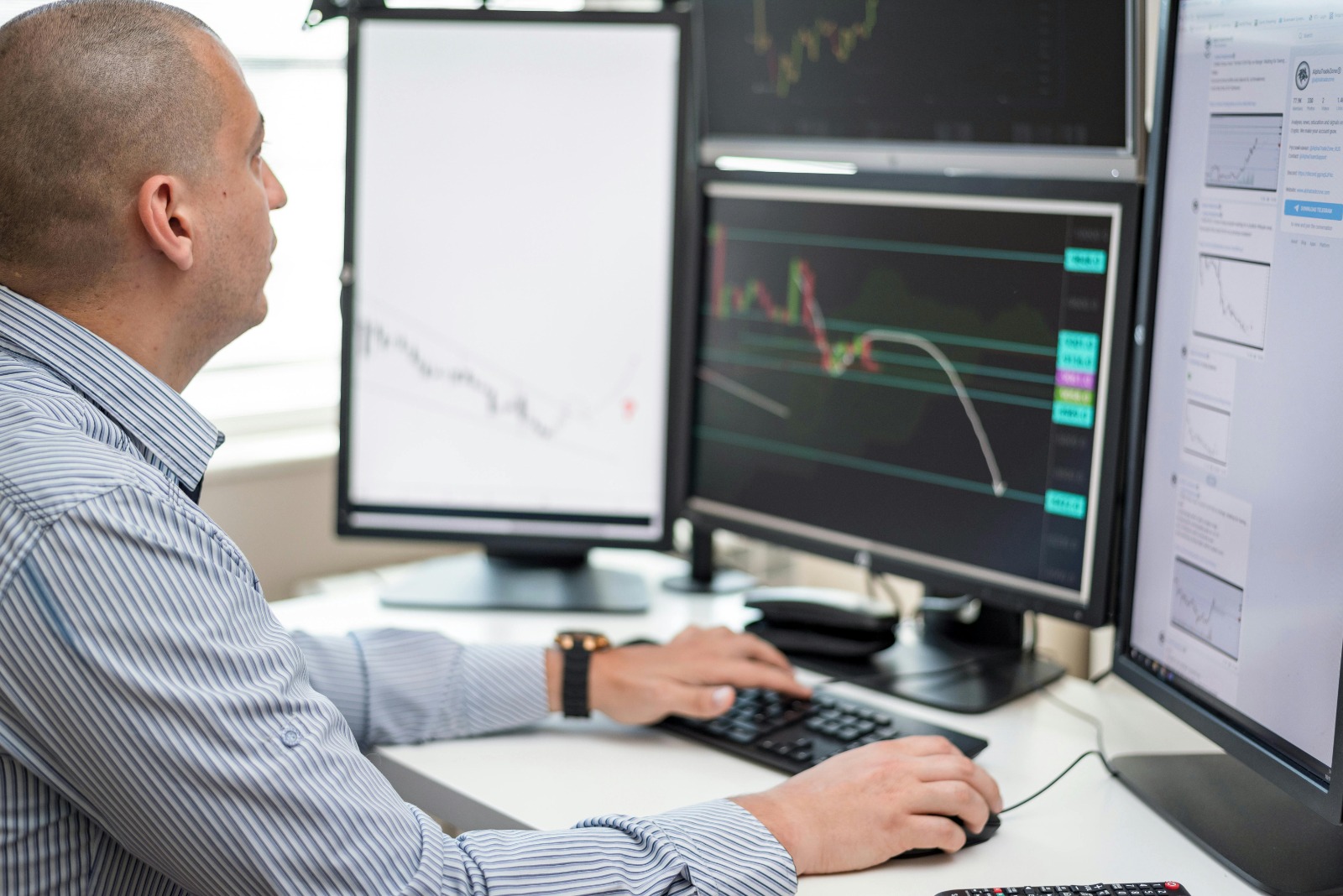Forex trading for beginners can seem overwhelming, but with a clear roadmap, anyone can learn how to trade effectively. Success in this market comes from understanding the basics, practicing consistently, and applying disciplined strategies. This step-by-step roadmap will guide you through the essential stages of forex trading for beginners. With insights from Forexflora, you can build a structured path toward becoming a confident trader.
Step 1: Learn the Basics of Forex Trading for Beginners
The first step in forex trading for beginners is understanding what the forex market is and how it works. Forex is the global market for exchanging currencies, open 24 hours a day, five days a week. Key terms every beginner must know include:
- Currency Pairs: For example, EUR/USD or GBP/JPY.
- Pips: The smallest price change in a currency pair.
- Spreads: The difference between the buying and selling price.
- Leverage: Allows traders to control larger positions with less capital but increases risk.
Grasping these basics ensures you are ready to move forward in forex trading for beginners.
Step 2: Open a Trading Account
The next step is setting up a trading account. Beginners should choose a trusted broker that offers secure platforms, low spreads, and demo accounts. Practicing with demo accounts is highly recommended in forex trading for beginners, as it helps you test strategies without risking real money. Forexflora emphasizes that beginners should only move to live trading after gaining enough confidence.
Step 3: Develop a Simple Strategy
Success in forex trading for beginners requires a strategy. Without one, trading becomes random and emotional. Beginners should start with straightforward methods such as:
- Trend Following: Trading in the direction of the market trend.
- Support and Resistance Trading: Identifying price levels where the market often reacts.
- Breakout Trading: Entering trades when prices break through key levels.
Keeping strategies simple allows beginners to stay consistent and focused in forex trading for beginners.
Step 4: Master Risk Management
Risk management is one of the most important skills in forex trading for beginners. Always use stop-loss orders to limit potential losses and never risk more than 1–2% of your account on a single trade. Managing risk properly ensures that even when trades go wrong, you can continue trading and improving your skills.
Step 5: Control Emotions in Forex Trading for Beginners
Emotional discipline is essential. Beginners often fall into traps driven by greed, fear, or impatience. Successful forex trading for beginners requires calm decision-making and strict adherence to a trading plan. Keeping emotions in check helps avoid impulsive mistakes.
Step 6: Keep a Trading Journal
A trading journal is a valuable tool in forex trading for beginners. Recording each trade, including the reasons behind it and the results, helps identify strengths and weaknesses. Over time, this habit improves decision-making and builds consistency.
Step 7: Continue Learning and Improving
Forex trading for beginners is a journey that requires constant learning. Markets evolve, and strategies must adapt. Reading market news, attending webinars, and learning from experienced traders are all effective ways to grow. Forexflora encourages traders to stay curious and committed to self-improvement.
Conclusion
This step-by-step roadmap makes forex trading for beginners more manageable. By learning the basics, opening an account, developing a strategy, managing risk, and controlling emotions, you can build a strong foundation. Adding consistent practice, journaling, and continuous learning ensures steady progress. With patience, discipline, and guidance from Forexflora, anyone can succeed in forex trading for beginners.



